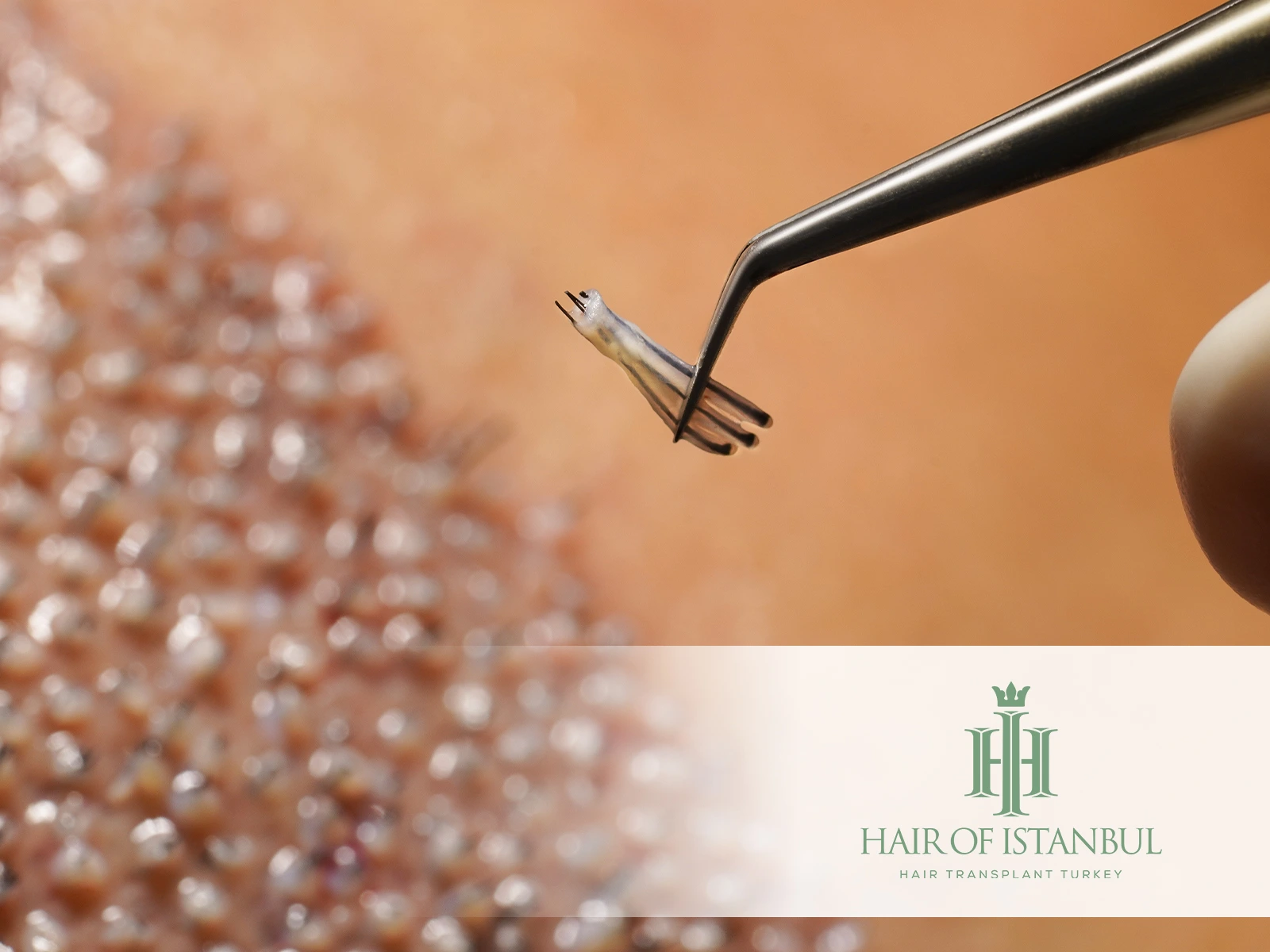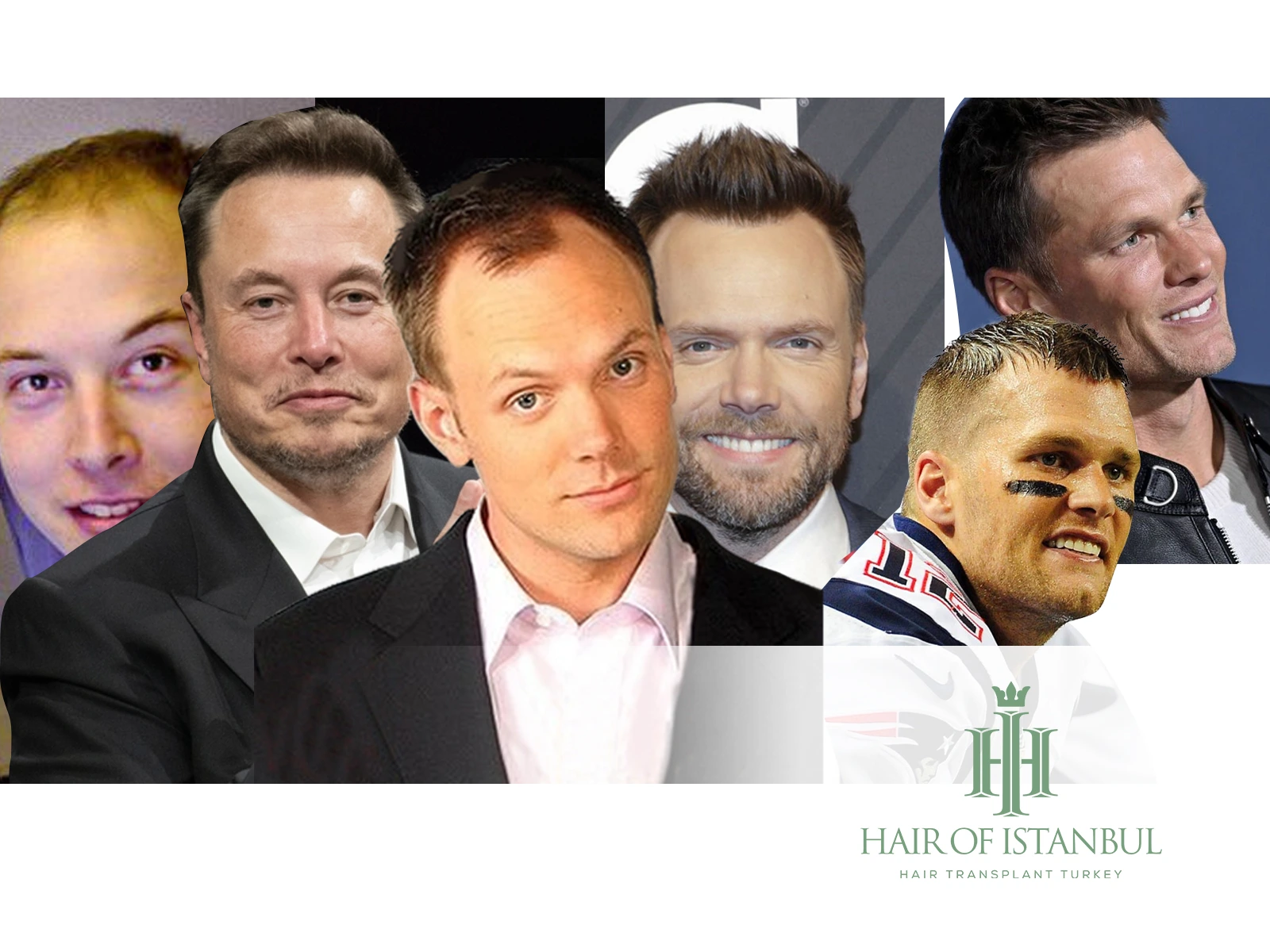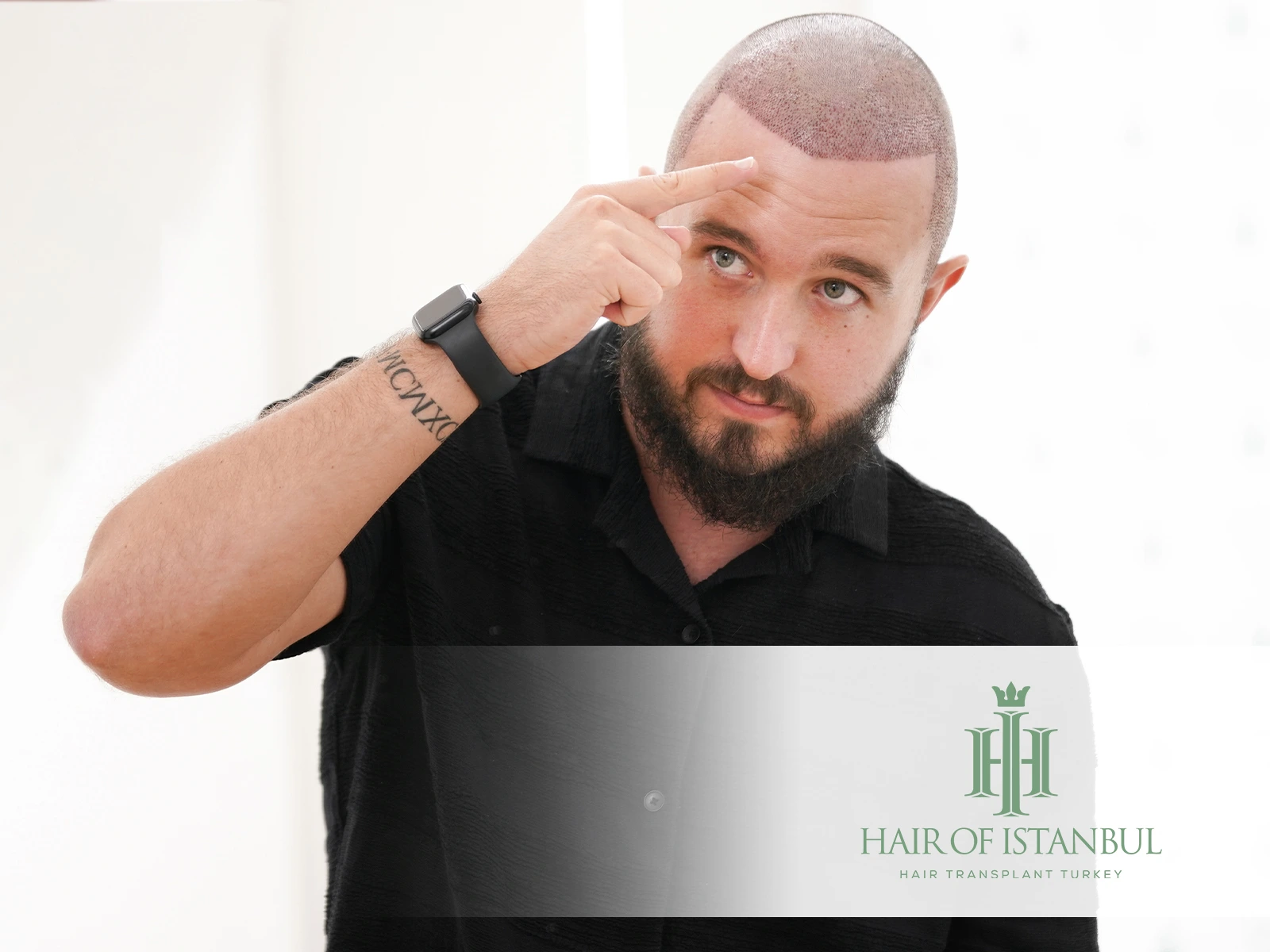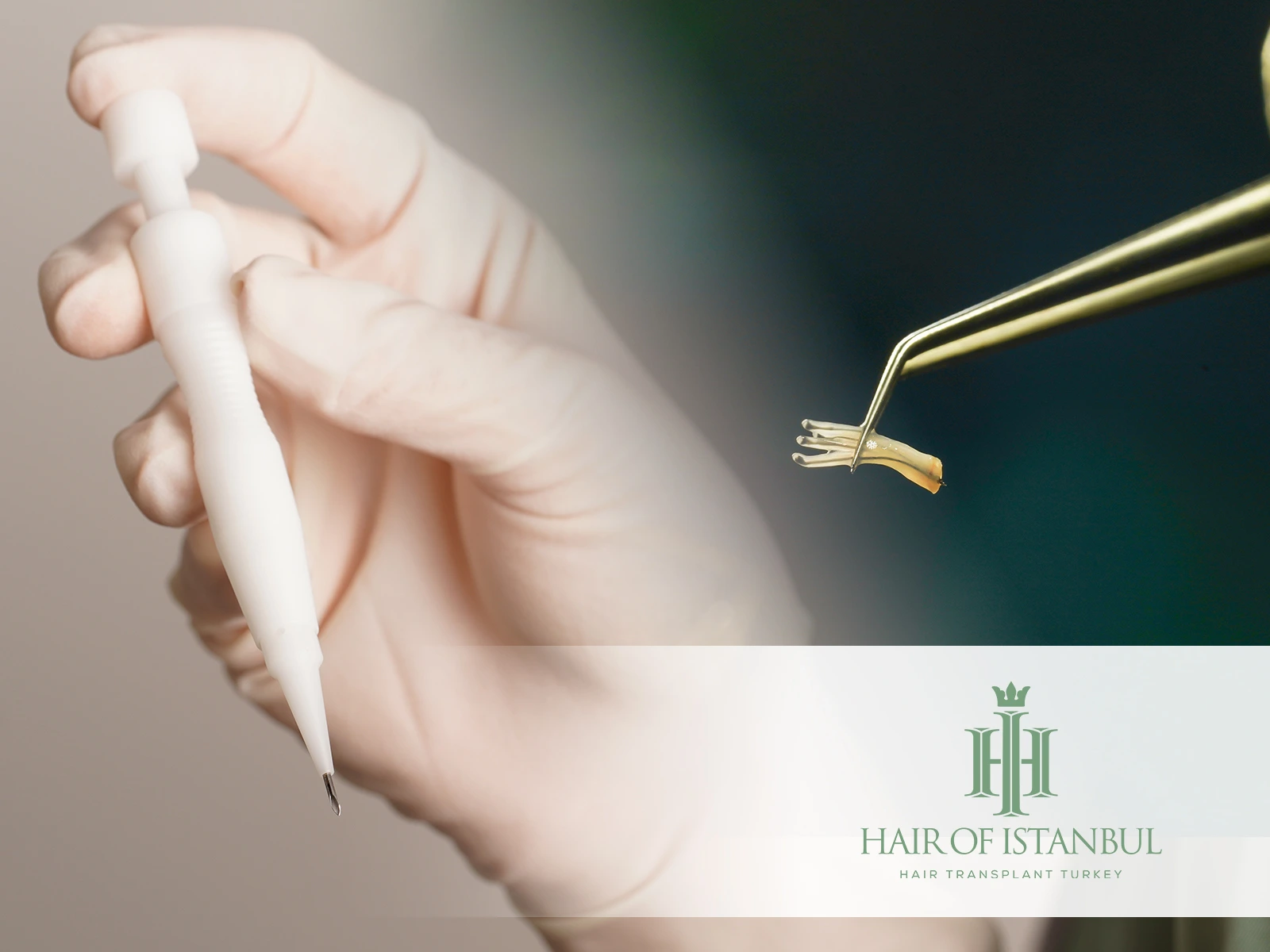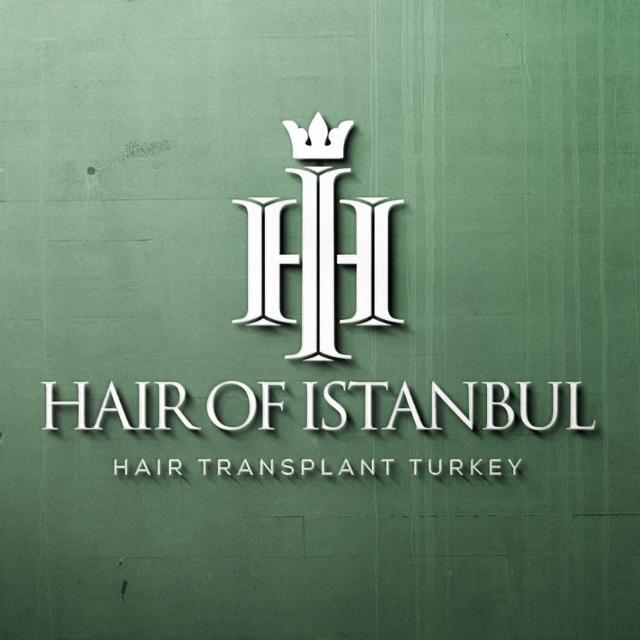Traction Alopecia: When Is It too Late? Important Signs!
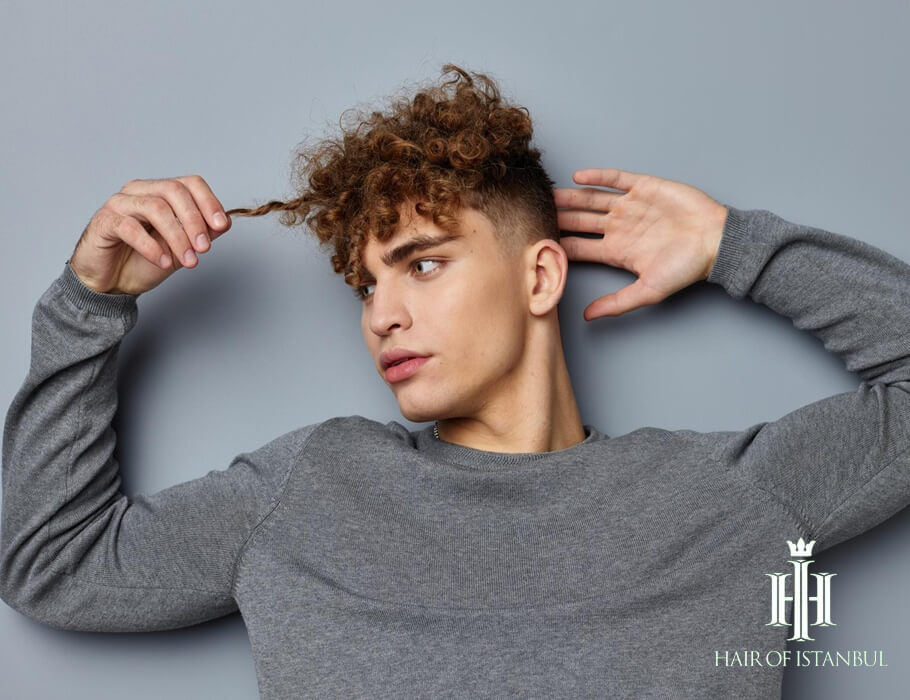
Traction alopecia can sneak up on you, causing distress and frustration. This type of hair loss occurs due to excessive tension on the hair shaft, often from tight hairstyles or accessories. The good news is, early detection can prevent further damage. In this guide, we’ll explore crucial signs to look out for and learn when it might be too late to reverse the effects.
What is Traction Alopecia?
Traction alopecia is a form of hair loss triggered by consistent tension on hair follicles. This strain often results from tight hairstyles, such as braids, ponytails, or buns. Over time, the pulling force weakens the follicles, leading to hair thinning and breakage.
How Does Traction Alopecia Differ from Other Hair Loss Types?
Unlike androgenetic alopecia or alopecia areata, traction alopecia is caused by external physical stress rather than internal hormonal or autoimmune factors.
While androgenetic alopecia typically results in diffuse thinning and alopecia areata involves patchy hair loss due to immune system activity, traction alopecia is linked to repetitive tension on the scalp. [1]
Recognizing the difference is essential to choosing the right treatment approach.
Traction Alopecia Stages
Understanding the stages of traction alopecia can aid in early detection and intervention. Progression of this condition usually follows a predictable pattern, beginning with mild symptoms and, if left untreated, leading to more severe hair loss.
Early-Stage Traction Alopecia
In the early stage, traction alopecia presents subtle signs. You might notice small bumps or redness near the hairline, accompanied by itching or discomfort. Hair may start thinning, and broken strands might become more visible. Addressing the problem at this stage is crucial, as it can prevent further damage and encourage hair regrowth.
Late Stage Traction Alopecia
When traction alopecia reaches the late stage, hair loss becomes more evident. Bald patches or thinning areas appear around the hairline, temples, or behind the ears. Follicle inflammation and scarring may occur, making hair regrowth difficult or impossible. At this point, professional intervention, like hair restoration procedures or medications, might be necessary to manage the condition.
Also Read: Facing the Fear: How Much Does a Hair Transplant Really Hurt?
What are the Signs of Traction Alopecia?
Signs of traction alopecia can initially be subtle, making early detection essential. To spot the first symptoms, keep an eye out for the following:
>>> Itching or soreness around the hairline or scalp, which may indicate strain on hair follicles.
>>> Small bumps or redness near the hairline, temples, or behind the ears, suggesting inflammation.
>>> Broken strands or thinning hair, especially in areas where tight hairstyles are frequently worn.
>>> Receding hairline or widening part, which can be early indicators of hair loss.
>>> By staying vigilant and noticing these signs, you can take action to prevent further damage and promote hair regrowth.
What Causes of Traction Alopecia?
Several factors can contribute to the development of traction alopecia. Identifying these causes can help you prevent hair loss and maintain healthy locks:
| Tight Hairstyles: | Styles such as braids, ponytails, or buns can place constant tension on hair follicles, leading to gradual hair loss. | |
| Hair Accessories: | Items like headbands, clips, or rubber bands can exert excessive pressure on the hair and scalp, causing strain on follicles. | |
| Chemical Treatments: | Perming, relaxing, or coloring hair can weaken the hair structure, making it more susceptible to damage from tension. | |
| Heat Styling: | Regular use of heat tools, like flat irons or curling wands, can weaken hair, making it more prone to breakage due to strain. | |
| Hair Extensions: | Improperly installed or maintained extensions can add extra weight and tension, increasing the risk of traction alopecia. |
By avoiding these factors and practicing gentle hair care, you can minimize the risk of developing traction alopecia and maintain a healthy head of hair.
Are Certain Hair Types or Ethnic Backgrounds More at Risk?
Individuals with tightly curled or coily hair textures—commonly seen among African, Afro-Caribbean, and African American populations—may face a higher risk due to common grooming practices such as tight braiding or weaves. [2]
Understanding how hair type and cultural styling habits contribute to traction alopecia can help tailor prevention strategies.
Also Read: Understanding Average Forehead Size: Ideal Sizes by Gender!
How Can You Avoid Traction Alopecia?
To help prevent traction alopecia, we’ve compiled a table of valuable suggestions for maintaining hair health. Explore the recommendations in the table below to protect your hair and avoid the development of this condition.
| Suggestions | Details | Benefits | |
| Free your hair: | Instead of tying your hair up, let it flow naturally to reduce tension on the scalp. | Allowing your hair to rest in its natural state can prevent the constant strain that leads to traction alopecia. | |
| Avoid tight buns: | Choose looser styles over tight and twisted bun models to minimize stress on hair follicles. | Opting for gentle updos helps protect your hair from damage caused by excessive pulling. | |
| Prefer low-risk styles: | Opt for hairstyles with minimal tension, like loose braids, to maintain hair health. | These less-stressful hairstyles reduce pressure on the scalp and hair follicles, helping to prevent the development of traction alopecia while preserving your hair’s strength and vitality. | |
| Don’t comb wet hair: | Avoid brushing your hair while it’s damp, as it’s more vulnerable to damage. | Gently detangle your hair once it’s dry to minimize breakage and maintain its strength. | |
| Soften hair ties: | Choose gentle, non-elastic bands and wraps to secure your hair without causing undue tension. | These alternatives reduce the strain on your hair, helping to prevent traction alopecia. | |
| Wear skin-friendly wigs: | Opt for wigs made from satin or cotton to minimize scalp friction and irritation. | Wigs crafted from gentle materials protect your hair and scalp from potential damage. | |
| Limit heat tools: | Minimize the use of hair dryers, straighteners, and curling irons to maintain hair strength. | Reducing heat exposure can help prevent breakage, reducing the risk of developing traction alopecia. |
Also Read: My Hair Is So Thin, I Can See My Scalp! Is Something Wrong?
Protective Hairstyles to Reduce Risk
Opting for low-manipulation and protective styles such as loose twists, bantu knots, or silk scarves can significantly reduce strain on the hairline.
Avoid consistently parting hair in the same area or using tightly pulled sections. Protective styles should be alternated and kept loose enough to avoid scalp tension.
Treatment Options for Traction Alopecia
To effectively treat traction alopecia, various options are available, targeting different stages and severities of the condition. In the sections below, we’ll explore topical and oral medications, natural remedies and supplements, as well as surgical procedures and hair restoration techniques. By understanding the available treatment choices, you can make an informed decision on the best course of action for your specific needs.
Topical and Oral Medications
For mild to moderate traction alopecia, topical treatments like minoxidil can stimulate hair regrowth. Oral medications, such as finasteride, may also be prescribed by a healthcare professional to help slow hair loss and promote regrowth. It’s essential to follow your doctor’s recommendations and monitor progress.
Natural Remedies and Supplements
Some individuals find relief in natural remedies, such as essential oils, scalp massages, or herbal supplements. Products containing ingredients like rosemary oil, peppermint oil, or biotin may help improve hair health and encourage regrowth. However, it’s important to consult a professional before starting any new supplement or treatment.
Can Diet and Nutritional Deficiencies Play a Role?
Beyond supplements like biotin, overall nutritional health plays a significant role in hair vitality. Deficiencies in iron, zinc, vitamin D, or protein can slow hair regrowth or worsen hair thinning. [3]
Incorporating a nutrient-rich diet with leafy greens, nuts, lean proteins, and whole grains may support hair recovery after traction alopecia.
Surgical Procedures and Hair Restoration Techniques
In cases of severe or irreversible traction alopecia, hair restoration procedures like hair transplants may be an option. These surgeries involve transplanting healthy hair follicles from one part of the scalp to the affected area.
Emerging Treatments: PRP and Microneedling
Platelet-Rich Plasma (PRP) therapy and microneedling are minimally invasive treatments that may boost regrowth in traction alopecia cases where follicles are still active but weak.
PRP involves injecting concentrated platelets from the patient’s own blood into the scalp, while microneedling creates micro-injuries to stimulate healing and growth factor release.
Both treatments are typically administered in clinics under dermatological supervision.
How Do You Know If Traction Alopecia Is Too Late?
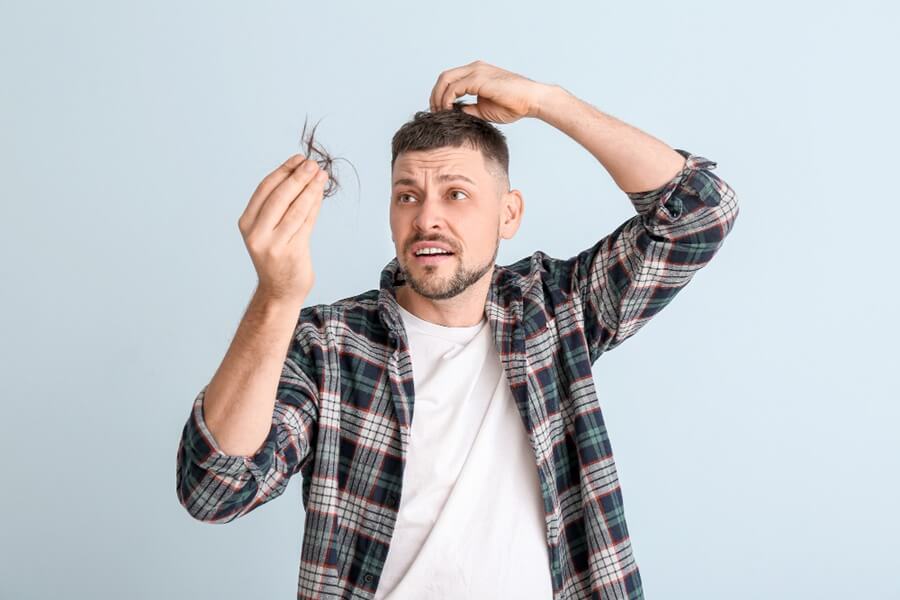
Via pixel-shot.com / Freepik
Determining whether traction alopecia has reached a point where it’s too late to reverse the damage depends on several factors. Evaluating the extent of irreversible damage, scarring, and the likelihood of hair regrowth can help assess the severity of the condition.
Irreversible Damage and Scarring
As traction alopecia progresses, prolonged tension on hair follicles can cause scarring and irreversible damage. When scarring occurs, the affected hair follicles may no longer produce new hair, making it challenging to reverse the hair loss. Identifying areas with smooth, shiny skin or reduced hair density can be an indication of permanent damage.
Assessing the Likelihood of Hair Regrowth
To determine if hair regrowth is possible, consult a healthcare professional or dermatologist. They can assess the condition of your scalp and hair follicles, as well as recommend appropriate treatment options. In some cases, hair may regrow with proper care and treatment, while in others, more invasive interventions like hair restoration procedures may be necessary. Timely intervention is crucial to prevent further damage and increase the chances of successful hair regrowth.
How Is Traction Alopecia Diagnosed?
A dermatologist may diagnose traction alopecia using tools like dermoscopy or trichoscopy to assess follicular health. In some cases, a scalp biopsy might be recommended to distinguish between scarring and non-scarring types of alopecia. Accurate diagnosis is crucial for developing an effective treatment plan.
Also Read: Does Health Insurance Cover Hair Transplant Explore Your Options!
How Long Does it Take for Hair to Regrow after Traction Alopecia Treatment?
The duration of hair regrowth following traction alopecia treatment can vary depending on several factors, including the severity of hair loss, the chosen treatment method, and individual hair growth rates. Generally, hair may begin to regrow within 3-6 months of starting treatment, but it can take longer for more severe cases or if follicles have been scarred.
Consistent adherence to treatment plans, including medication, supplements, or changes in hair care practices, can significantly impact the recovery process. Patience is essential, as hair regrowth might not be immediately noticeable. By staying committed to the treatment plan, you can optimize the chances of restoring hair growth and preventing further damage from traction alopecia.
How to Monitor Your Hair Regrowth Progress at Home
Keeping a hair regrowth journal with regular scalp photos every few weeks can help you track changes over time.
Some people also use smartphone apps or measurement tools to monitor hair density and hairline restoration.
This documentation helps you evaluate whether the treatment is effective and provides valuable insight when consulting a specialist.
FAQ
How do you stimulate hair growth after traction alopecia?
Topical treatments like minoxidil or natural remedies, including essential oils, can promote hair growth.
Do you have to use minoxidil forever for traction alopecia?
Minoxidil, a topical solution or foam, can be applied twice daily to affected areas on the scalp to promote hair growth. While continuous use is necessary until satisfactory regrowth is achieved, it’s generally not required indefinitely, as long as the underlying cause of traction alopecia is addressed and eliminated.
Should I be worried about traction alopecia?
If you notice hair loss or signs of traction alopecia, it’s essential to consult a board-certified dermatologist promptly, as scarring and permanent hair loss can result if left untreated.
Can biotin help with traction alopecia?
In cases of alopecia, including traction alopecia, a healthcare professional may suggest biotin supplements or a diet rich in biotin to help address hair loss.
What does scarring from traction alopecia look like?
Scarring from traction alopecia typically appears as a bald patch where hair once grew. The affected skin may become smooth and shiny, with one or more hairless areas present.
Can you grow your hair back after traction alopecia?
If detected early, traction alopecia is reversible, allowing hair to regrow. However, prolonged exposure to tight hairstyles can lead to irreversible damage to hair follicles, preventing future hair growth.
What is the first stage of traction alopecia?
The first stage of traction alopecia involves perifollicular erythema, which progresses into folliculitis with perifollicular pustules and papules. As the condition advances, it can develop into scarring alopecia with reduced follicular markings.
Psychological Impact of Traction Alopecia
Hair loss, especially along visible areas like the hairline and temples, can lead to significant emotional distress. Many individuals report a drop in self-confidence or increased anxiety related to appearance.
Seeking psychological support or connecting with others experiencing similar challenges can help ease the emotional burden.
Treating both the physical and mental aspects of traction alopecia leads to more holistic recovery.
CONCLUSION
Detecting traction alopecia early is crucial to prevent irreversible damage and scarring. If you notice signs such as hair thinning or receding hairline, it’s essential to act promptly and adjust your hair care habits.

For advanced cases where hair transplantation is needed, Hair of Istanbul is an experienced clinic that can help restore your hair and confidence. Remember, timely intervention is key to successful treatment and regrowth.
References:
- [1] Stephanie Watson & Elaine K. Luo, M.D, Feb 7, 2023 – Traction Alopecia – https://www.healthline.com/health/traction-alopecia
- [2] Jamie Smith & Cynthia Cobb, DNP, APRN, WHNP-BC, FAANP, Jul 20, 2023 – Traction alopecia: Symptoms and prevention – https://www.medicalnewstoday.com/articles/320648
- [3] Victoria Billero & Mariya Miteva, Apr 6, 2018 – Traction alopecia: the root of the problem – https://www.dovepress.com/traction-alopecia-the-root-of-the-problem-peer-reviewed-fulltext-article-CCID


